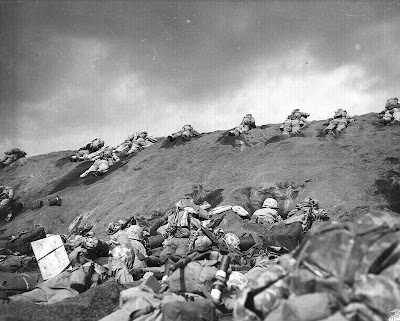The
Houston Chronicle's
Zest section Sunday featured a cover story on the arrival of seven pieces by artist James Surls to the Rice University campus, after their turn on New York's Park Avenue.
Surls will give a lecture at noon Tuesday in the university's Herring Hall, Room 100. His work will be on display through Aug. 31 as part of the exhibit,
Magnificent Seven: Houston Celebrates Surls.
Surls's work is also featured in
James Surls: In the Meadows and Beyond, edited by Jeanne Chvosta (Southern Methodist University Press, 2004). The book is the first full-length examination of Surls's life and art. It also includes an interview with the artist, a tribute by his wife, Charmaine Locke (also an artist), and commentary by Mark A. Roglán, curator of the exhibition
In the Meadows: Recent Sculpture, Drawings, and Prints of James Surls (2003).

As part of the ongoing exhibit, three of Surls's bronze and steel scultures, featuring flower-, diamond-, vortex- and needle-like forms currently stand in a green space near Brochstein Pavilion, the Chronicle reported. Another three are located near the campus parking garage beneath McNair Hall, and the seventh stands in front of the BioScience Research Collaborative on University near Main.
For more on the exhibit, read the
article in the
Houston Chronicle.

 As part of the ongoing exhibit, three of Surls's bronze and steel scultures, featuring flower-, diamond-, vortex- and needle-like forms currently stand in a green space near Brochstein Pavilion, the Chronicle reported. Another three are located near the campus parking garage beneath McNair Hall, and the seventh stands in front of the BioScience Research Collaborative on University near Main.
As part of the ongoing exhibit, three of Surls's bronze and steel scultures, featuring flower-, diamond-, vortex- and needle-like forms currently stand in a green space near Brochstein Pavilion, the Chronicle reported. Another three are located near the campus parking garage beneath McNair Hall, and the seventh stands in front of the BioScience Research Collaborative on University near Main.





